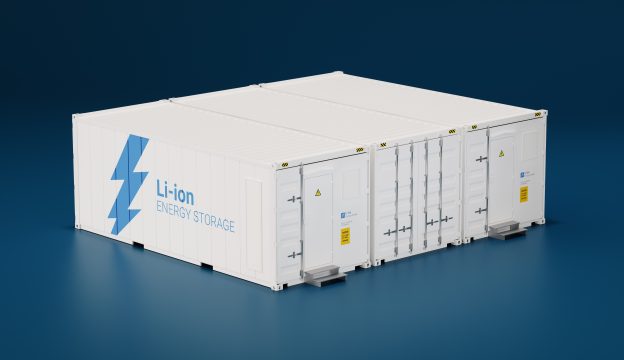VRB Energy, a developer of energy storage solutions based on vanadium redox batteries (VRBs), announced on March 15 that it has signed a framework agreement with the municipal government of Xiangyang to supply energy storage equipment for a local PV-plus-storage project. VRB Energy is formerly known as Pu Neng and has offices in Vancouver and Beijing. The majority stake of the company is controlled by High Power Exploration (HPX), a US-based company that specializes in finding mineral deposits. The project at Xiangyang, which is a major city in Hubei Province of China, will have a generation capacity of 100MW and a storage capacity of 100MW/500MWh. VRB, which is the technology adopted for this project, is also called vanadium flow battery and vanadium redox flow battery.
The agreement also entails the construction of a “gigafactory” for the manufacturing of VRB-based energy storage systems as well as an R&D center. Both facilities will also be located in Xiangyang. The development of the gigafactory will be divided into four phases, with 50MW of production capacity being added in each phase.
The signing of the agreement took place on March 4. The signatories include the Xiangyang government, VRB Energy, Xiangyang State-Owned Capital Investment and Operation Group, and Hubei Pingfan New Energy. The first phase of the execution of the agreement will see VRB Energy deliver 40MW/200MWh of its energy storage systems and build 50MW of the local production capacity. The construction of the gigafactory is set to commence this May.
Robert Friedland, chairman of VRB Energy and co-chairman and CEO of HPX, told Chinese media outlets that the latest project in Hubei will be a significant catalyst for the commercialization of VRB. It will also demonstrate that the technological solutions offered by his company can play a critical role in the global green energy revolution.
Friedland added that China aims to install more than 1,000GW of PV systems and wind turbines by 2030, and it is not the only country that is working toward the de-carbonization and greening of the power grid system. The US and EU are now giving priority to renewable energy solutions in their latest infrastructure development plans. Friedland further pointed out that the adoption of a suitable energy storage technology is still a major bottleneck that constrains the large-scale deployment of renewable generation systems. He touted that his company is a leader in leveraging VRBs to overcome this challenge.
In 2019, VRB Energy and Pingfan jointly set up a small PV-plus-VRB project for demonstration purposes. The generation capacity and storage capacity of the pilot project were 3MW and 3MW/12MWh respectively. The pilot project has shown that VRBs can provide the necessary technological support and create a viable business model for integrating PV generation into the local grid system. Hence, the large PV-plus-storage project that has been initiated under the framework agreement with the Xiangyang government can be considered as building on the success of the pilot project.
Dr. Mianyan Huang, CEO of VRB Energy, said that Hubei is a province that possesses not only abundant mineral resources but also strong advantages in industry development and a friendly business environment. All these factors are combined together to form a “unique opportunity” for scaling up the manufacturing of VRBs. Huang also praised the Xiangyang government for supporting the development of a world-class VRB industry cluster that is expected to reach a value of US$14 billion.
VRB-based energy storage projects like the one that is described here are being built across China as part of the government’s latest infrastructure initiatives that aim to jump start the domestic economy following the COVID-19 pandemic. An increasing number of them have reached the level of 100MW. Furthermore, Shandong, Xinjiang, and other provinces or autonomous regions in China now mandate local PV and wind projects to include an energy storage capacity that is equivalent to 5-20% of the generation capacity.
The press release about this event mentions that project developers and utilities in other countries have also expressed interest in the offerings from VRB Energy. VRBs have unique advantages such as low LCOE, infinite cycle life, and permanently stable electrolyte. VRB Energy is currently in talks with potential clients in the US, Australia, and South Africa. Looking ahead, VRBs will likely become the key supporting technology that makes it possible for solar PV and wind power to consistently meet the electricity demand during the daily or seasonal peak-load period.







